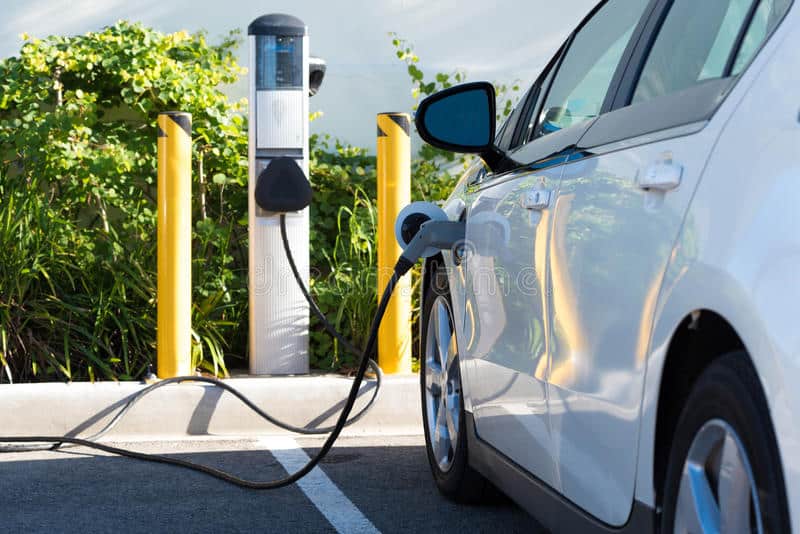Around the world, countries are changing the way they use coal energy – for better, or for worse.
Germany has been working to phase out its use of coal for power generation, but it still has a significant amount of coal-fired power capacity in operation. As of 2021, coal-fired power plants still accounted for around 20% of Germany’s electricity generation. In recent years, the country has made progress in reducing its dependence on coal. Germany closed several coal-fired power plants, and the share of coal in power generation has been decreasing year by year. The decrease in coal-fired power generation and the increase in renewable energy sources have led to a decrease in CO2 emissions. The German government has set ambitious targets for phasing out coal-fired power generation by 2038, and has implemented policies to increase the use of renewable energy sources such as solar and wind power.
France has also significantly reduced its dependence on coal for power generation in recent years. As of 2021, coal accounted for a very small percentage of France’s electricity generation, around 1%. This is a significant decrease compared to previous years, where coal accounted for a much larger portion of the country’s power generation. France has an energy plan that aims to completely phase out coal-fired power generation by 2022, and to reach carbon neutrality by 2050. The country has been able to achieve this decrease in coal-fired power generation mainly by increasing the use of nuclear power, which currently accounts for around 70% of the country’s electricity generation. France has also been investing in renewable energy sources such as solar and wind power, with the goal of increasing their share in the country’s energy mix. The French government has implemented policies and incentives to promote energy efficiency and reduce consumption. Despite the small progress made, France’s transport sector still heavily relies on fossil fuels. This needs to be changed in order to reach their ambitious climate goals.
The United Kingdom (UK) on the other hand, is no longer heavily reliant on coal for power generation. In fact, coal power usage in the UK has been in decline in recent years, and in 2020, coal accounted for less than 2% of their electricity generation. The UK government has set a target to phase out unabated coal power generation by 2025 as part of efforts to reduce carbon emissions and transition to cleaner forms of energy.
The Netherlands used to rely heavily on coal for power generation, but in recent years, the country has taken steps to reduce its reliance on coal. In 2020, coal accounted for only around 8% of the Netherlands’ electricity generation. The Dutch government has set a target to phase out unabated coal power generation by 2030, as well as produce 14% of its electricity from renewable sources by 2023 and 16% by 2027.
While coal has historically been an important source of electricity in Brazil, the country has a large hydroelectric power capacity and generates a significant amount of electricity from hydroelectric power plants. Brazil is not heavily reliant on coal for power generation. In 2020, hydroelectric power accounted for around 70% of Brazil’s electricity generation, while coal represented less than 10% of the country’s total electricity generation. Brazil also has a significant potential for other renewable energy sources such as wind and solar, and the government has set targets to increase the share of renewables in the energy mix. Brazil, like most countries, is also actively working to reduce its carbon emissions and transition to cleaner forms of energy.
The United States has traditionally been heavily reliant on coal for power generation, but in recent years, the country has been reducing its reliance on coal and transitioning to cleaner forms of energy. In 2020, coal accounted for around 20% of the country’s total electricity generation, with natural gas and renewable sources such as wind and solar accounting for the majority of electricity generation. Coal consumption has been decreasing in the US for more than a decade, with a significant decline in the last few years, due to the decrease in demand, as well as competition from cheaper natural gas and renewable energy sources. Government policies and regulations, such as the Clean Power Plan, also play a role in reducing coal consumption. According to the International Renewable Energy Agency, in 2020, wind power accounted for around 7% of global electricity generation, while solar power accounted for around 2%.
Looking towards the future, regions can use these countries as examples as they work towards lowering coal consumption for energy and using sustainable alternatives instead. Small steps are still steps, so long as they stay in the right direction.








